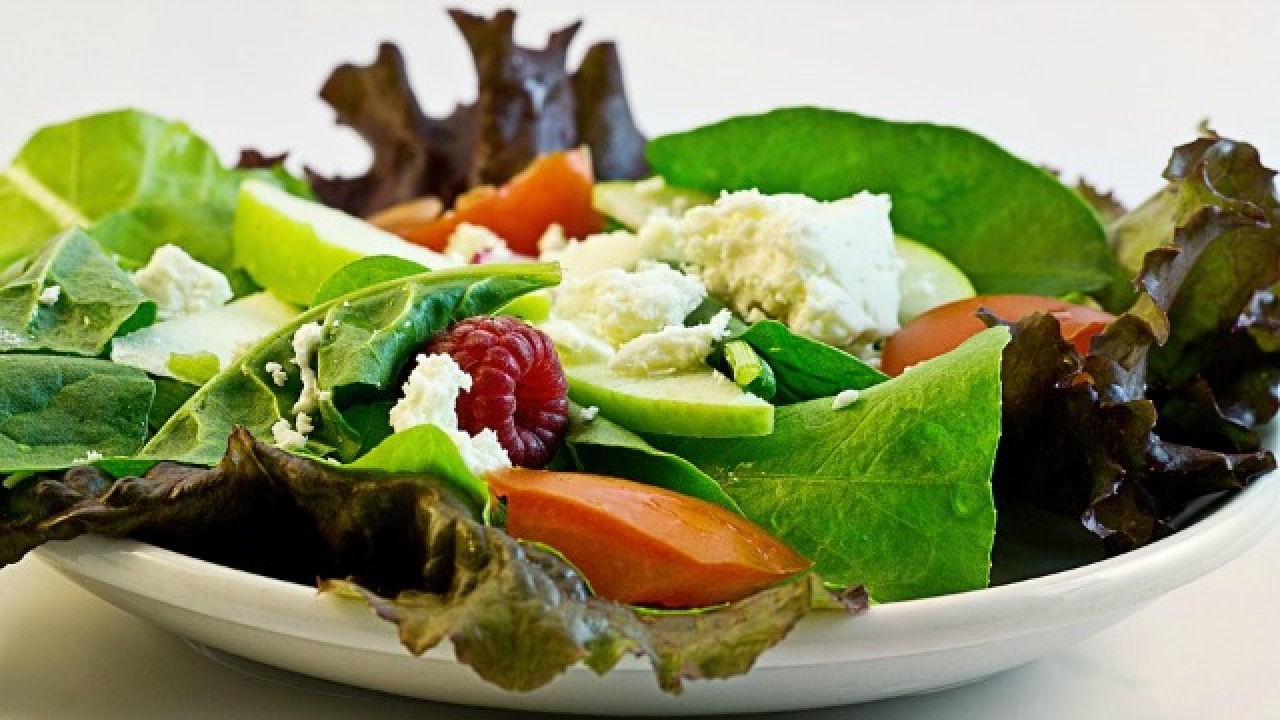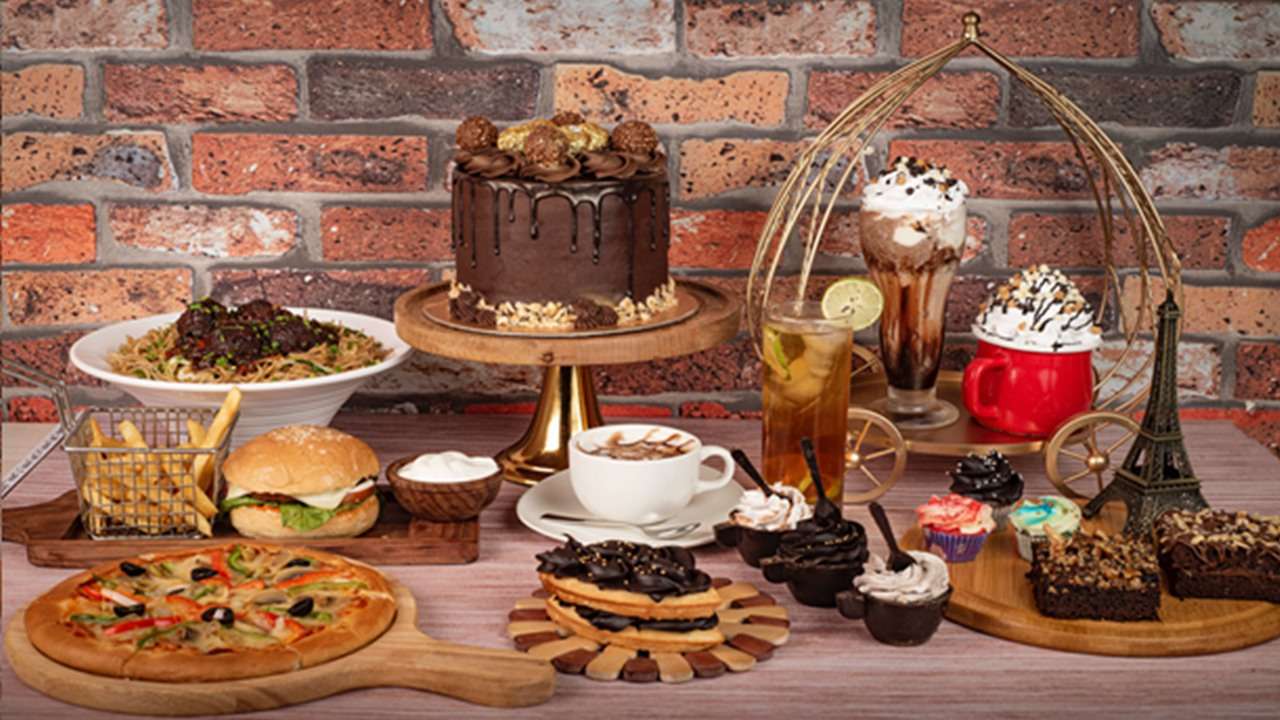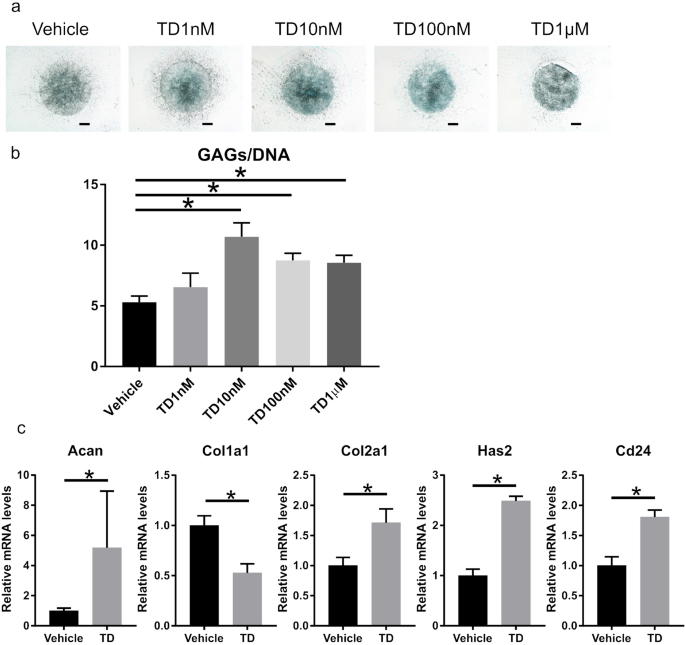
- Select a language for the TTS:
- UK English Female
- UK English Male
- US English Female
- US English Male
- Australian Female
- Australian Male
- Language selected: (auto detect) - EN
Play all audios:
I spend a lot of time around start ups. I’m part of a team running one (TouchCast, the world’s smartest video platform, in case you were wondering) and I invest in and advise others. Most of
the earliest stage companies I see share a look, regardless of whether they’re in San Francisco, London or Tel Aviv. They wear jeans, sneakers and T-shirts (often emblazoned with the logo
of their fledgling business) and, depressingly, they’re nearly all young men. It was the same familiar picture in January when I met 10 start ups in a UK accelerator programme I’d backed
called Ignite. The drill was investors sat at tables and the young founders moved from one to the next, pitching their businesses. Few were clear about how they were going to change the
world or be the next unicorn. Then a hijab-wearing pregnant woman and her sister, who wasn’t wearing a headscarf, came and sat opposite me. Selina and Nafisa Bakkar told me about Amaliah, a
platform that curates the best of modest fashion and promotes the voices of Generation M, of which more later. Amaliah was Nafisa’s idea. Nafisa is 23 and as a student she struggled to find
stylish, modern clothes either on the high street or online. Search maxi dress on Asos and you get 3,047 results, but narrow your search to avoid a maxi dress with a slit from the waist to
the floor, or one shorter at the back than at the front, or one without a see-through chiffon panel on the back, and you’ll hit a brick wall. What if, thought Nafisa, there was a one-stop
shop for Asos, Zara, LK Bennett, Amazon and H&M where the filtering out of non-modest wear was done for you? What if you could shop the look of your favourite Muslim influencer on
Instagram? Selina is 31 and like Nafisa, she struggles with aspects of her faith and even wearing her hijab. What if, she asked, the one-stop-shop for modest fashion was also where every
conversation among Muslim women about lifestyle began? Amaliah’s now a reality. You can shop fabulous clothes and accessories on Amaliah, be uplifted by heartfelt first person stories, be
informed by razor-sharp opinion pieces and gaze adoringly at matcha and strawberry layer cake and other delicious bakes inspired by the BBC’s Great British Bake-Off winner Nadiya Hussain.
That Nafisa and Selina have gone on to raise a six-figure seed investment round and are already attracting the attention of several major brands about partnerships and sponsorship is a
remarkable achievement. It’s hard enough for any founders to raise money or engage with global brands; the fact that Nafisa and Selina have achieved both in just several months when they’re
female and Muslim is inspirational. They’re trailblazers! If you haven’t heard of modest fashion or Generation M, you soon will. For women of Muslim faith, the need to look stylish and feel
good is as important as covering their hair and body. High street retailers including H&M and Mango, and top designers such as Dolce & Gabbana and YSL, have launched modest
collections in the past year, most notably around Ramadan and Eid. The State of the Global Islamic Economy Report predicts global sales of Muslim fashion will grow from $230 billion in 2014
to $327 billion by 2020. In the UK alone, modest fashion is already worth £150 million a year. Muslim lifestyle blogger Dina Tokio has half a million subscribers to her channel on YouTube
and a million followers on Instagram. Dina’s videos are packed with wit and self-deprecation. Amena is a school teacher from Leicester turned beauty blogger who recently featured in recent
L’Oreal campaign. With 266,000 YouTube subscribers and 489,000 Instagram followers, she has now launched her own modest fashion brand. On Instagram a young lawyer called Sebina Hussain has
256,000 followers enthralled by her regular posts about what she’s wearing. 193,000 people follow 22-year-old journalist Noor Tagouri, who appeared in the October issue of Playboy magazine
wearing a black leather jacket, battered Converse pumps and a hijab. Mariah Idrissi became the most celebrated influencer earlier this year when H&M made her the first hijab-wearing
model to feature in one of their TV ads. What struck me when I met Nafisa and Selina is the number of professional women around the world — accountants, lawyers, doctors — who have no
connections to the fashion industry, yet their influence, through sharing stylish pictures of themselves on Instagram and Snapchat, is undeniably powerful. Retailers and designers have
launched modest collections because of the ever-growing consumer firepower of this demographic. Modest fashion is a grassroots movement and it’s going mainstream, as a major trend among
non-Muslim women. Sue Peart, the veteran editor of the Mail on Sunday’s You magazine in the UK which featured Nafisa and Selina in its Nov 27 edition, told me she believes women’s fashion is
undergoing a correction. The mini skirt liberated women and while having the choice of what to wear and what not to wear should be celebrated, many of today’s successful women want to
distance themselves from those (we’re looking at you, Kim Kardashian) who revel in showing off fake-tanned flesh. Respected fashion writer Karen Kay commented in UK’s Metro newspaper two
weeks ago — in another article about Amaliah — that as ‘our mothers and grandmothers so frequently told us, it’s far more alluring to dress demurely than to present ourselves on a plate for
all and sundry’. Kay also highlighted that many celebrities, including Victoria Beckham, are swapping ‘buttock-skimming, cleavage-baring body-con frocks for voluminous frocks and culottes’
that shroud their gym-honed physiques. And Generation M? The term is being used to describe the young global Muslim consumer. Shelina Janmohamed captures this demographic brilliantly in her
book Generation M, in which she interviews young Muslims from around the world and draws on research by the agency she heads, Ogilvy Noor, an offshoot of advertising giant Ogilvy &
Mather. Some brands are starting to refer to Generation M in the same breath as Generations Y and Z. Paul Polman, Unilever’s CEO, says the ‘often misunderstood Muslim consumer deserves all
attention and respect’ and Sir Martin Sorrell, CEO of WPP, describes Generation M as ‘one of the twenty-first century’s most important economic forces’. The underlying worldview of this
consumer is that their faith and modernity go hand in hand. Faith affects everything they do and they believe it can advance modernity. I see this in Nafisa and Selina every time we meet.
> Amaliah is on the cusp of something huge It’s three years since I left a career in national newspapers spanning 20 years — 13 of them at the Daily Mail and The Mail on Sunday, where I
held a variety of very senior roles. Nafisa and Selina took me back to the best days of my time in journalism. Like the brilliant editors I worked for — Paul Dacre (the Daily Mail’s
redoubtable Editor in Chief), Peter Wright (Mail on Sunday editor from 1998 to 2012) and Terry Hunt (who as editor of the East Anglian Daily Times is Britain’s longest serving daily
newspaper editor) — Nafisa and Selina have not only a deep understanding of their audience, but a remarkable intuition for it. This is why great editors produce great newspapers, and it’s
why Nafisa and Selina are, in my view, on the cusp of something hugely significant. At a time when publishers are working hard to develop younger audiences and brands are exploring new ways
to connect to them, Amaliah have made smart decisions. Instead of hiring lots of writers they’ve created a platform for bloggers, like Medium, and are already attracting talent highly
motivated by being alongside other strong voices from their community. They’re developed technology that enables them at speed to curate rather than aggregate fashion. Their affiliate-driven
shoppable style edits are treated as content rather than their main revenue driver. The richness of the data about their highly engaged audience, through registration and personalisation,
is what is attracting brands — and it’s partnerships with brands that will bring in the money. Nafisa and Selina have made me realise that young Muslim women are changing the world — for
better. I am convinced of this because since meeting them last January I’ve gone on to become an advisor to Amaliah and as of a few weeks ago, the lead investor in their six-figure seed
round. The more I hang out with the sisters, the more embarrassed I am by how ignorant I was about young Muslims previously. In next four decades the number of Muslims is expected to
increase by 73pc — from 1.6 billion in 2010 to 2.8 billion in 2050. Islam is the fastest growing religion in the world and represents the youngest median age of any religion — 23.
Non-muslims is 30. Young Muslims talk positively about the _ummah_, a global Muslim nation, but this is not a segregationist or isolationist view. Far from it. It’s about young Muslims
sharing common beliefs and making lifestyle choices that I believe will have a hugely positive impact on non-Muslims. One third of Muslims today are under 15, nearly two thirds are under 30.
This means they have spent most of their lives in the shadow of September 11. And there is a good reason I mention September 11. In the mainstream media, we seldom get to read about the
lives of Muslims beyond politics and theology. > The halalification of the mainstream But when you do, you soon discover conversations are as much about food, dating and shopping as they
are pilgrimage, prayer and hijab — and halal is worn as a badge of identity. Not only the food — that’s what I used to assume — but every aspect of consumerism, including fashion, beauty,
financial products, personal care, medicines, travel, even dating. For Muslim consumers, knowing the provenance of food in an era of mass production and synthetic ingredients is vital, but
this also extends to aspects of their lifestyle from what goes into beauty products to how hotels are run. This halal food and lifestyle industry was worth $1.8 trillion globally in 2014 and
is expected to rise to $2.6 trillion by 2020. _Halal _means permitted. Its opposite is _haram_, meaning forbidden. _Mubah_ is the midpoint, meaning neutral. When you dig deeper and look at
which products are halal and which are haram you discover that in respecting and celebrating a halal lifestyle, young Muslims are promoting organic and ethical produce, spiritual well-being,
fair trade, and local economic growth. How can this not have a positive impact on society and consumerism more widely? I would argue it goes deeper. As modest fashion crosses over into the
mainstream and halal lifestyle choices are embraced as sustainable and responsible, Muslim consumerism surely becomes a bulwark against Islamic extremism, which has dominated headlines about
Muslims in recent years. Many young Muslims believe the best ambassador for their faith is small actions; showing others how they lead their daily lives can break down stereotypes. Nadiya
Hussain winning the Bake-Off and going on to land a primetime slot for The Chronicles of Nadiya on BBC One is not trivial. With the _halalification_ of the mainstream having positive impact,
why are media owners and brands still so slow to respond to the obvious opportunities? They probably don’t have many Muslim business leaders and creatives to inspire them and give them
direction. They’d do well to head to Amaliah — and see the style of Generation M and listen to the voices. I’m certainly glad I did.









